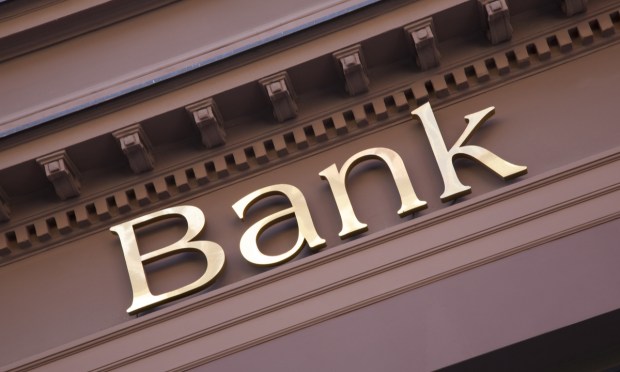
Small community banks in the United States are ending the year in crisis mode.
Many of these banks are wrestling with choices they made when interest rates were low, and they now find themselves squeezed by rapid rate hikes by the Federal Reserve, The Wall Street Journal reported Wednesday (Dec. 27).
Texas-based Industry Bancshares, for example, is $75 million in the hole after investing in long-term bonds that have since plummeted in value, according to the report. With assets outweighed by liabilities, the bank is exploring capital raise and other options.
“Our company will have to change,” Chairman Doak Hartley said, per the report.
Banks of all sizes were shaken this year by failing to anticipate how quickly the interest rate hikes could come. And while three larger banks failed in March and May, community banks are in a “full-blown crisis,” the report said.
With loan growth slow, these banks began putting deposits into securities, only to see their value fall when interest rates climbed, according to the report.
More than 300 banks had half of their assets in securities during the third quarter, according to Federal Deposit Insurance Corp. data, with about 100 of those banks keeping 75% of their assets in securities, the report said.
Earlier this month, U.S. banking regulators upped their scrutiny of lenders’ risk management practices in the wake of the banking failures.
Regulators like the Federal Reserve and FDIC began tactics like surprise reviews of confidential supervisory bank health ratings and issuing downgrades to ensure that banks address lapses in risk management.
Meanwhile, PYMNTS Intelligence research found that while national banks still dominate the space, credit unions and community banks are becoming increasingly popular choices for issuing credit cards.
“The share of consumers with a CU or community bank card as their primary card rose from 8.3% in 2020 to 13% in 2023,” PYMNTS wrote last month. “Moreover, 24% of consumers said they would likely turn to these financial institutions for their next credit application.”